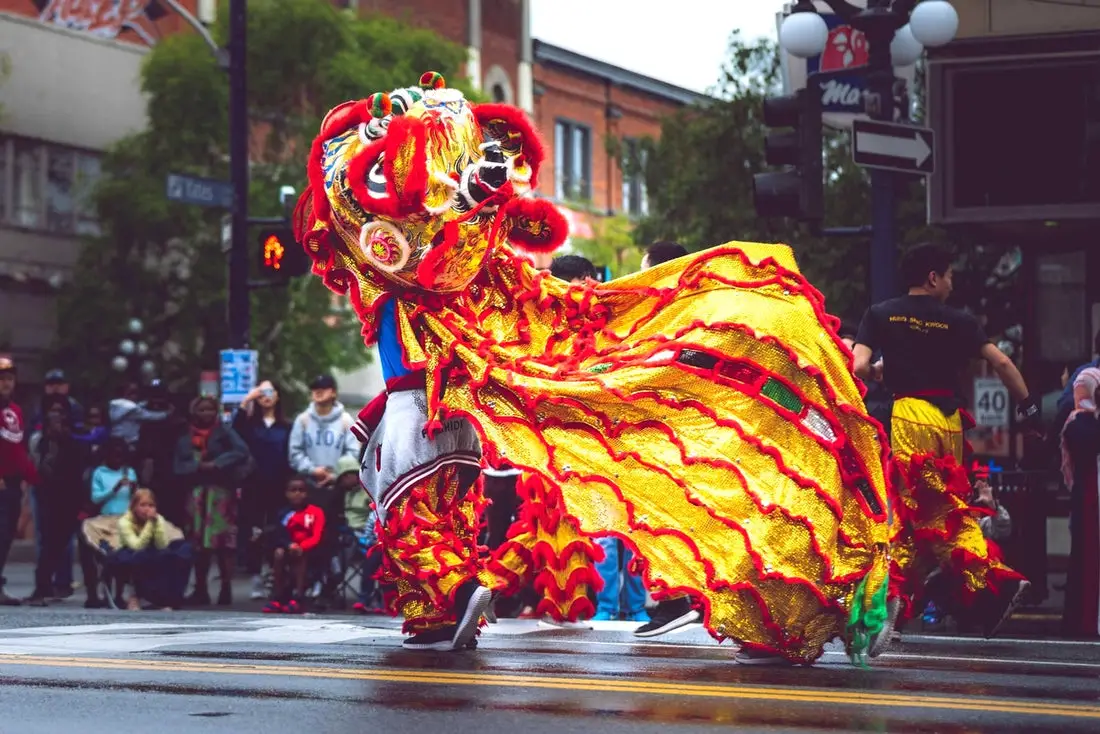How to Give a Chinese New Year Greeting in Hokkien
Last Updated: • by orryanChinese New Year is here! This 2024, we're welcoming the Year of the Dragon. In any case, you might get the chance to give a Chinese New Year greeting in Hokkien. If you do it properly, who knows, maybe you'll end up getting a bigger angpau!

This Hokkien greeting is similar to the classic Chinese New Year greeting that is typically given in Mandarin. Here's the verse in Mandarin:
恭喜发财
gong xi fa cai
年年进步
nian nian jin bu
身体健康
shen ti jian kang
万事如意
wan shi ru yi
And here's the verse in Hokkien!
Kiōnghì hua'tcái (恭喜发财)
Kionghi is an expression for well wishes and huatcai refers to the meaning 'to be prosperous'. So in the context of Chinese New Year, Kionghi huatcai can be interpreted to mean 'May you have a prosperous Chinese New Year!'.
Nī ní cinpō (年年进步)
This phrase means 'As year goes by, may you improve (in the things you do)'.
Sīnthè kiānkhong (身体健康)
Sinthe means 'body', and kiankhong means 'healthy'. This is also another wish meaning 'May you have a healthy body'.
Bānsū lú-ì (万事如意)
Bansu (sometimes pronounced bansi) lu-i means 'ten thousand things fulfilled', but is interpreted as 'May all your wishes come true'.
Āngpau giālái (红包那来)
Kids and unmarried individuals typically rejoice during Chinese New Year as they're the ones who get angpau—literally meaning 'red pocket', but it figuratively contains money, so who's not happy to receive one (or twenty) right?
If you feeling playful, you can add Angpau gialai to the end of the verse, which means 'Give me an angpau'!
